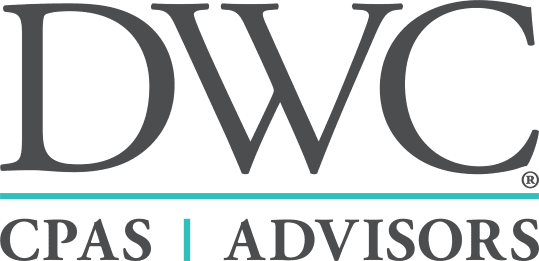 Financial statements tell investors information about an organization’s financial performance, helping to ensure corporate transparency and accountability. But they can also be used internally to help management make strategic decisions, improve upon past results and add value. There are three parts to comprehensive financial reporting under U.S. Generally Accepted Accounting Principles (GAAP) — each with a unique message.
Financial statements tell investors information about an organization’s financial performance, helping to ensure corporate transparency and accountability. But they can also be used internally to help management make strategic decisions, improve upon past results and add value. There are three parts to comprehensive financial reporting under U.S. Generally Accepted Accounting Principles (GAAP) — each with a unique message.
Income Statements
Many people focus on earnings, which are reported on the income statement (also known as the profit and loss statement). This statement provides an overview of revenue, expenses and earnings over a given period.
A common term used when discussing income statements is “gross profit,” or the income earned after subtracting the cost of goods sold from revenue. Cost of goods sold includes the cost of labor, materials and overhead required to make a product. Another important term is “net income.” This is the income remaining after all expenses (including taxes) have been paid.
Though it may be tempting to just review revenue and profit trends, thorough due diligence looks beyond the income statement. Growth and profitability aren’t the only metrics that matter. For example, high-growth companies that report healthy top and bottom lines may not have enough cash on hand to pay their bills.
Balance Sheets
The balance sheet (also known as the statement of financial position) provides a snapshot of the company’s financial health. It tallies assets, liabilities and equity.
Under GAAP, assets are reported at the lower of cost or market value. Current assets (such as accounts receivable or inventory) are reasonably expected to be converted to cash within a year, while long-term assets (such as plant and equipment) have longer lives. Similarly, current liabilities (such as accounts payable) come due within a year, while long-term liabilities are payment obligations that extend beyond the current year or operating cycle.
Intangible assets (such as patents, customer lists and goodwill) can provide significant value to a business. But internally developed intangibles aren’t reported on the balance sheet. Intangible assets are only reported when they’ve been acquired externally.
Owners’ equity (or net worth) is the extent to which the book value of assets exceeds liabilities. If liabilities exceed assets, net worth will be negative. However, book value may not necessarily reflect market value. Some companies may provide the details of owners’ equity in a separate statement called the statement of retained earnings. It details sales or repurchases of stock, dividend payments and changes caused by reported profits or losses.
Statements of Cash Flows
The cash flow statement shows all the cash flowing in and out of your company. For example, your company may have cash inflows from selling products or services, borrowing money and selling stock. Outflows may result from paying expenses, investing in capital equipment and repaying debt.
Typically, cash flows are organized in three categories: operating, investing and financing activities. The bottom of the statement shows the net change in cash during the period. Watch your statement of cash flows closely. To remain in business, companies must continually generate cash to pay creditors, vendors and employees.
Beyond Compliance
Financial reporting is more than an exercise in compliance with accounting rules. Financial statements can be a valuable management tool. However, to get a holistic assessment of your organization’s performance, it’s important to look beyond profits. Contact us for help preparing these statements and benchmarking your organization’s performance over time and against competitors.



